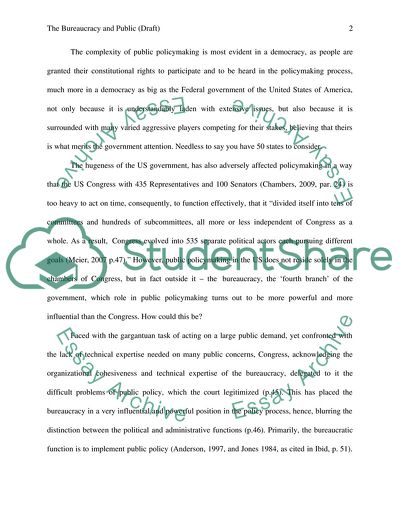Cite this document
(The Bureaucracy and Public Policymaking in the United States Essay, n.d.)
The Bureaucracy and Public Policymaking in the United States Essay. https://studentshare.org/politics/1729176-bureaucracy-policy
The Bureaucracy and Public Policymaking in the United States Essay. https://studentshare.org/politics/1729176-bureaucracy-policy
(The Bureaucracy and Public Policymaking in the United States Essay)
The Bureaucracy and Public Policymaking in the United States Essay. https://studentshare.org/politics/1729176-bureaucracy-policy.
The Bureaucracy and Public Policymaking in the United States Essay. https://studentshare.org/politics/1729176-bureaucracy-policy.
“The Bureaucracy and Public Policymaking in the United States Essay”. https://studentshare.org/politics/1729176-bureaucracy-policy.


